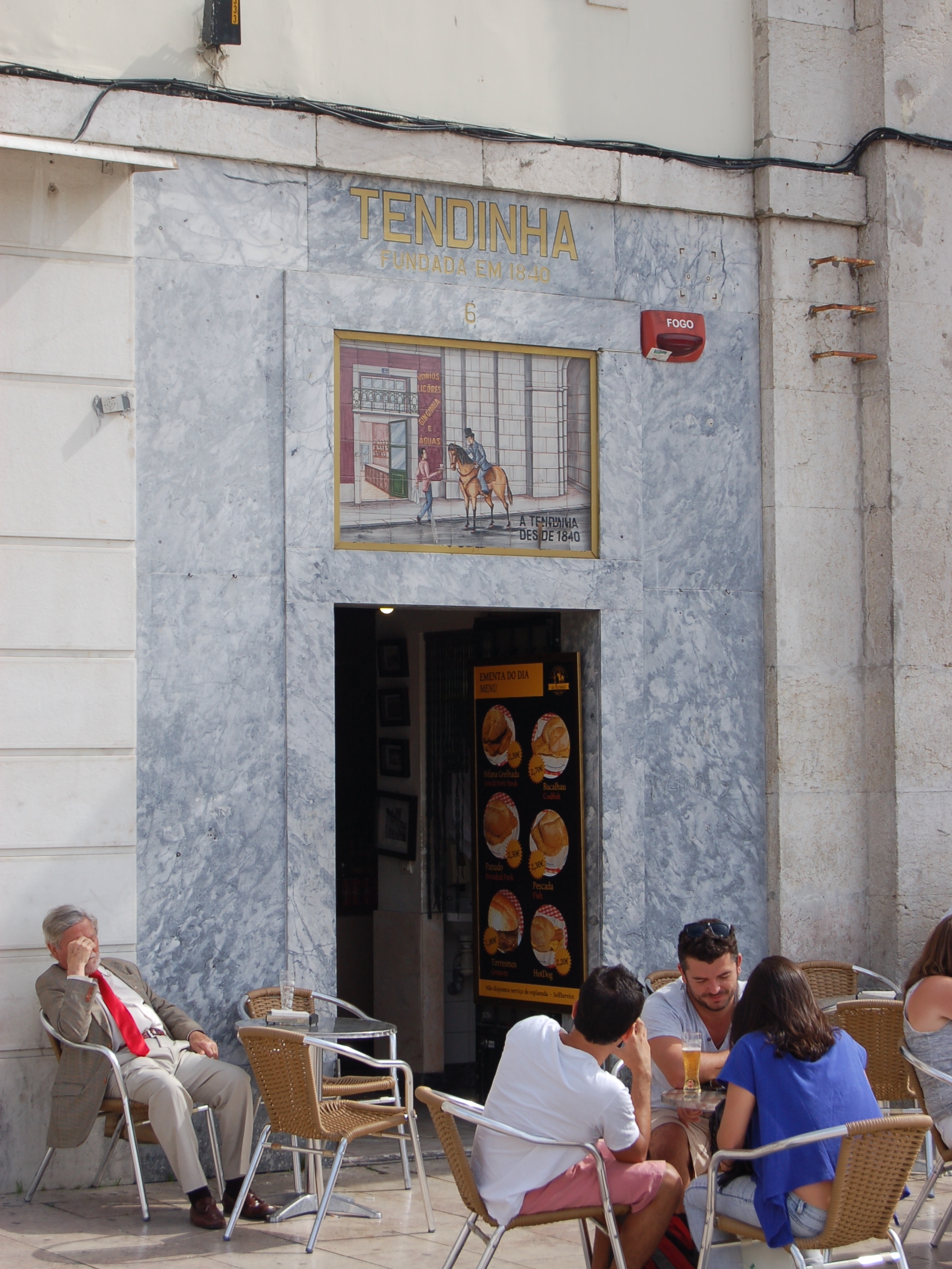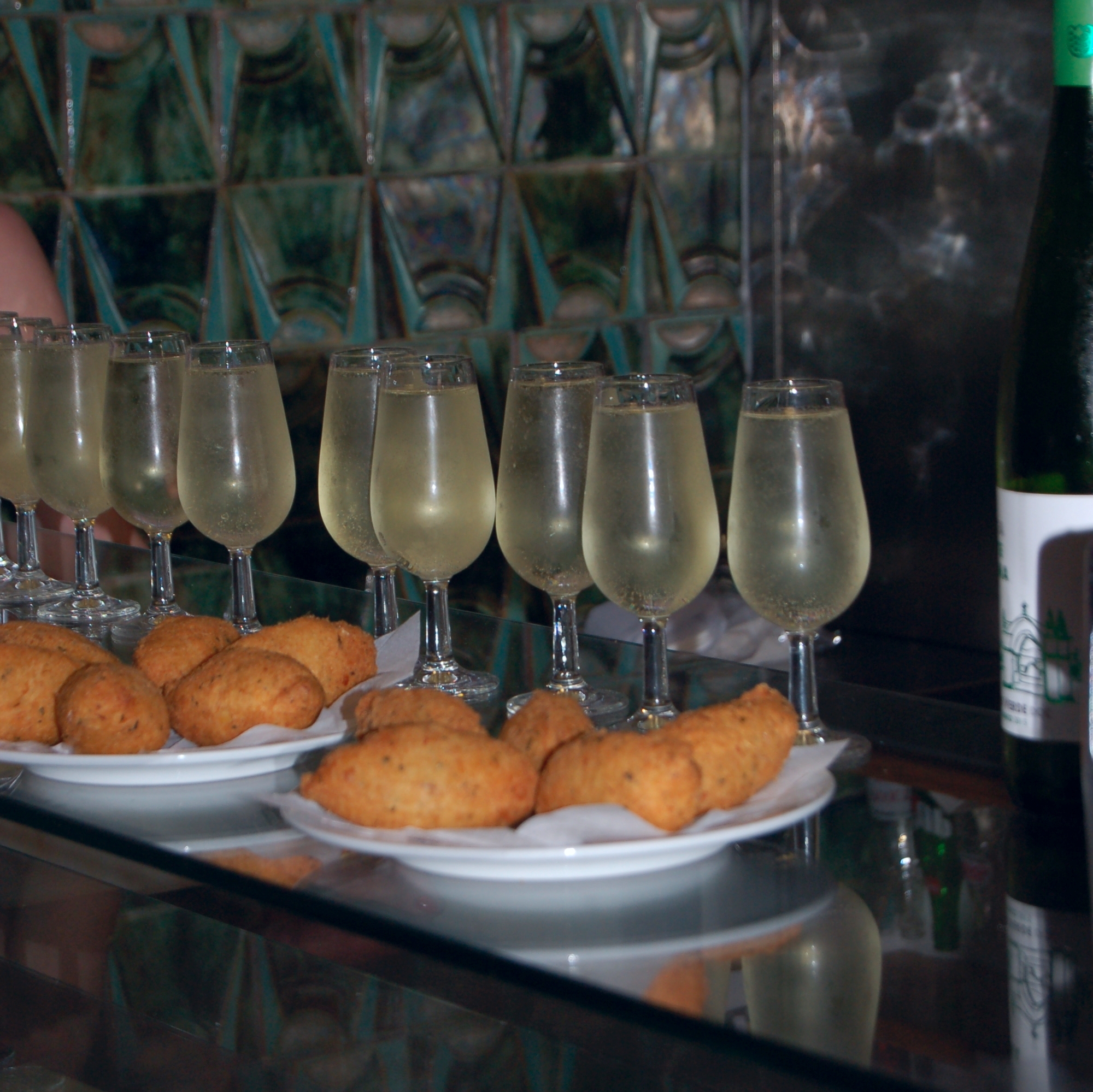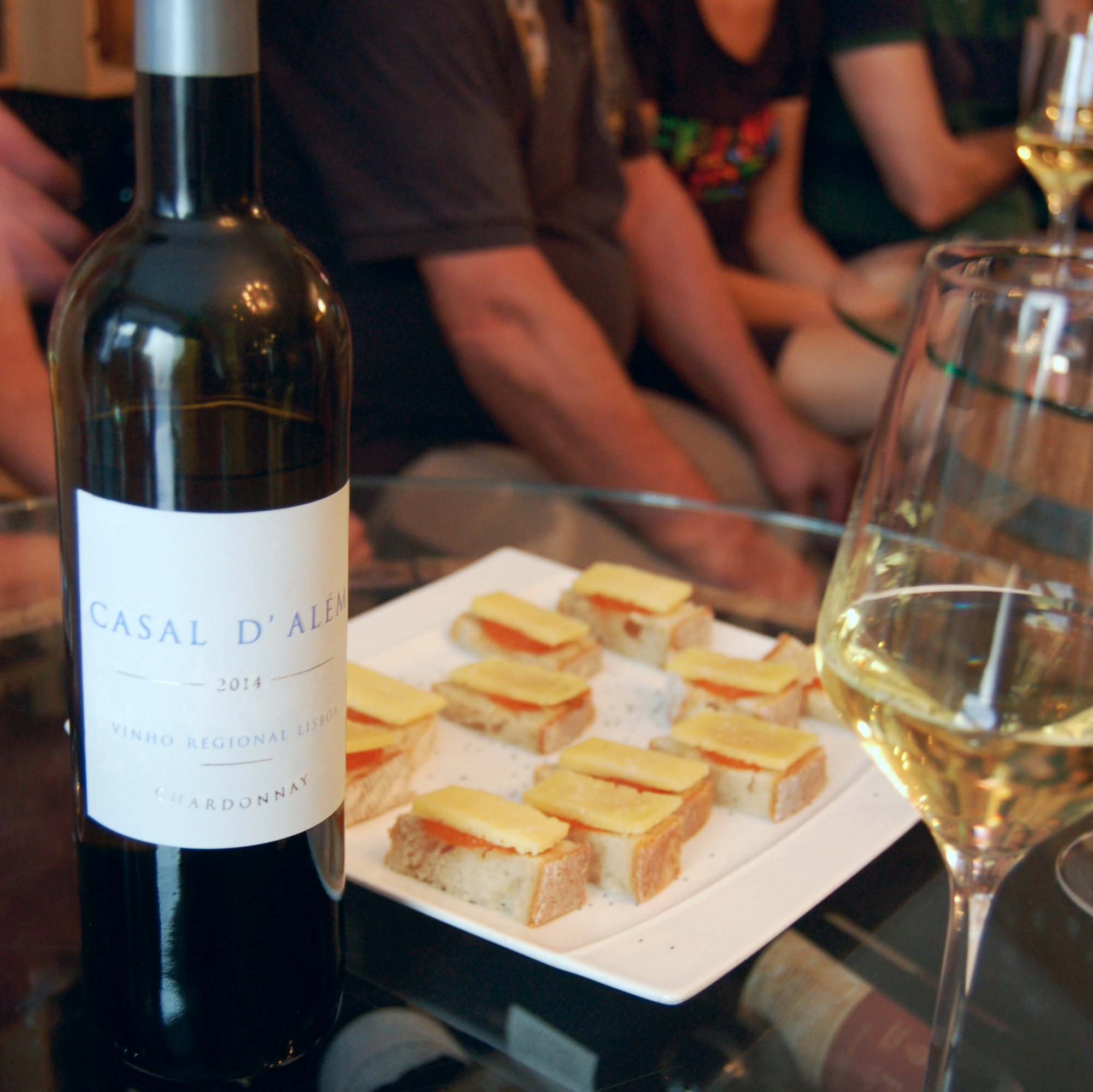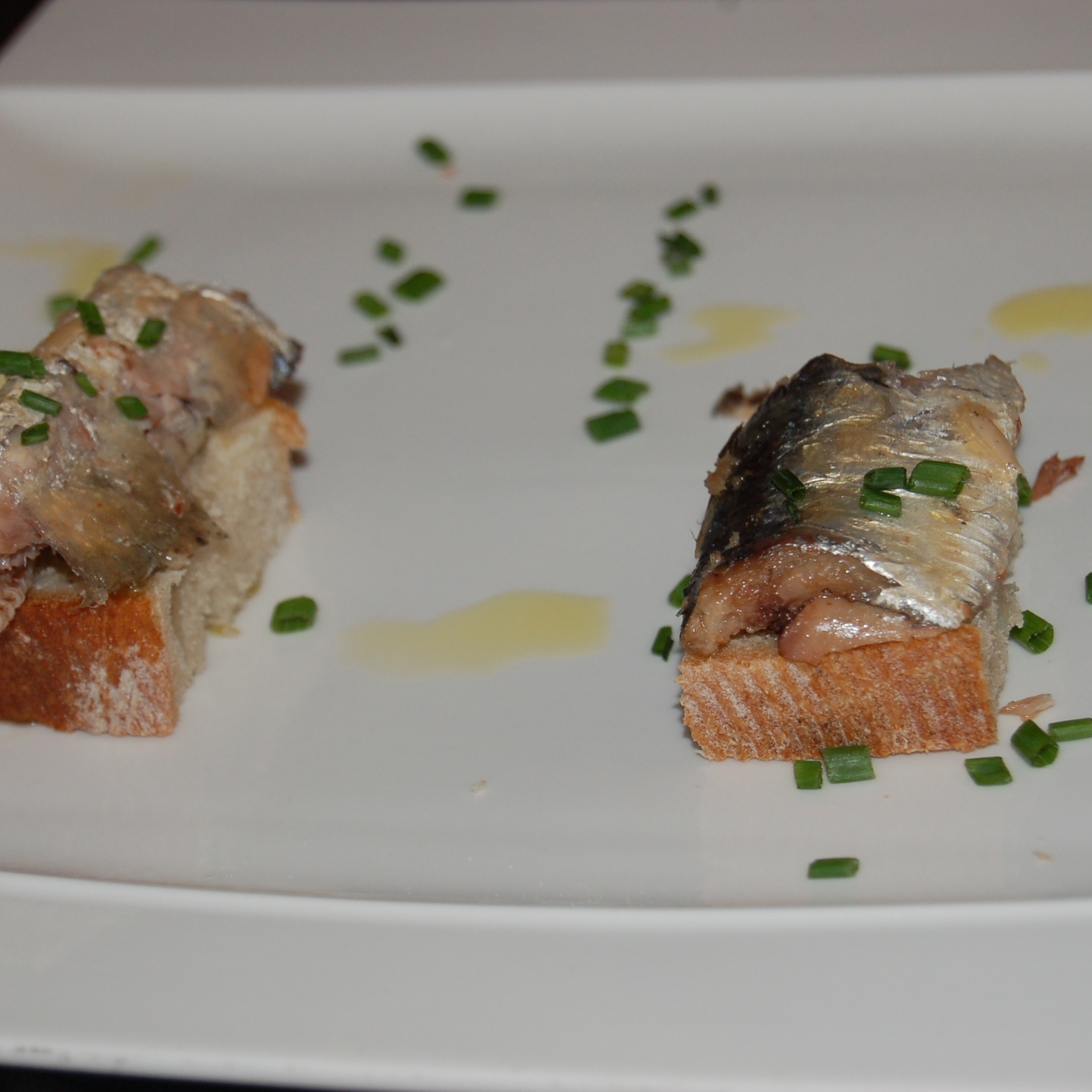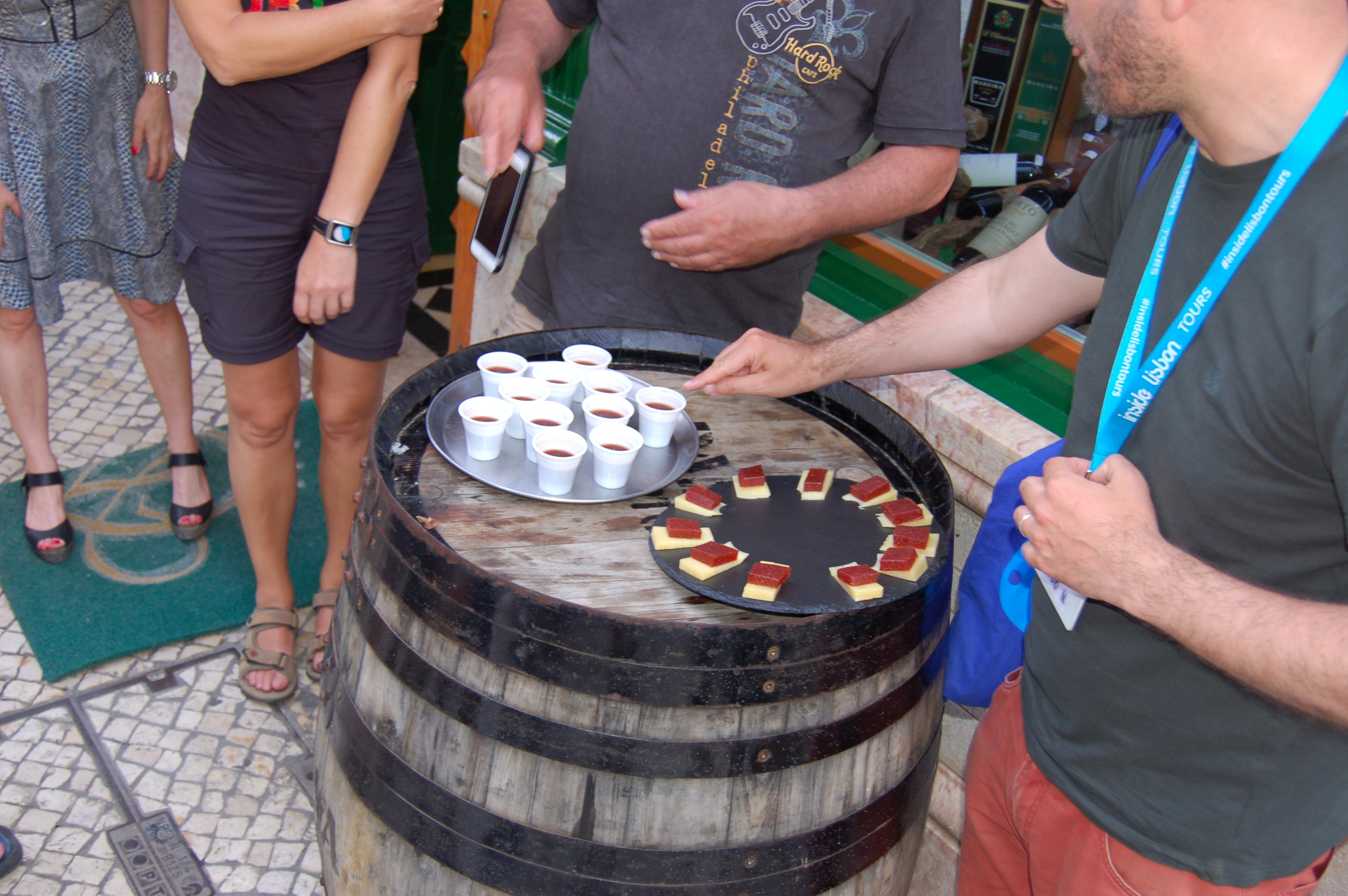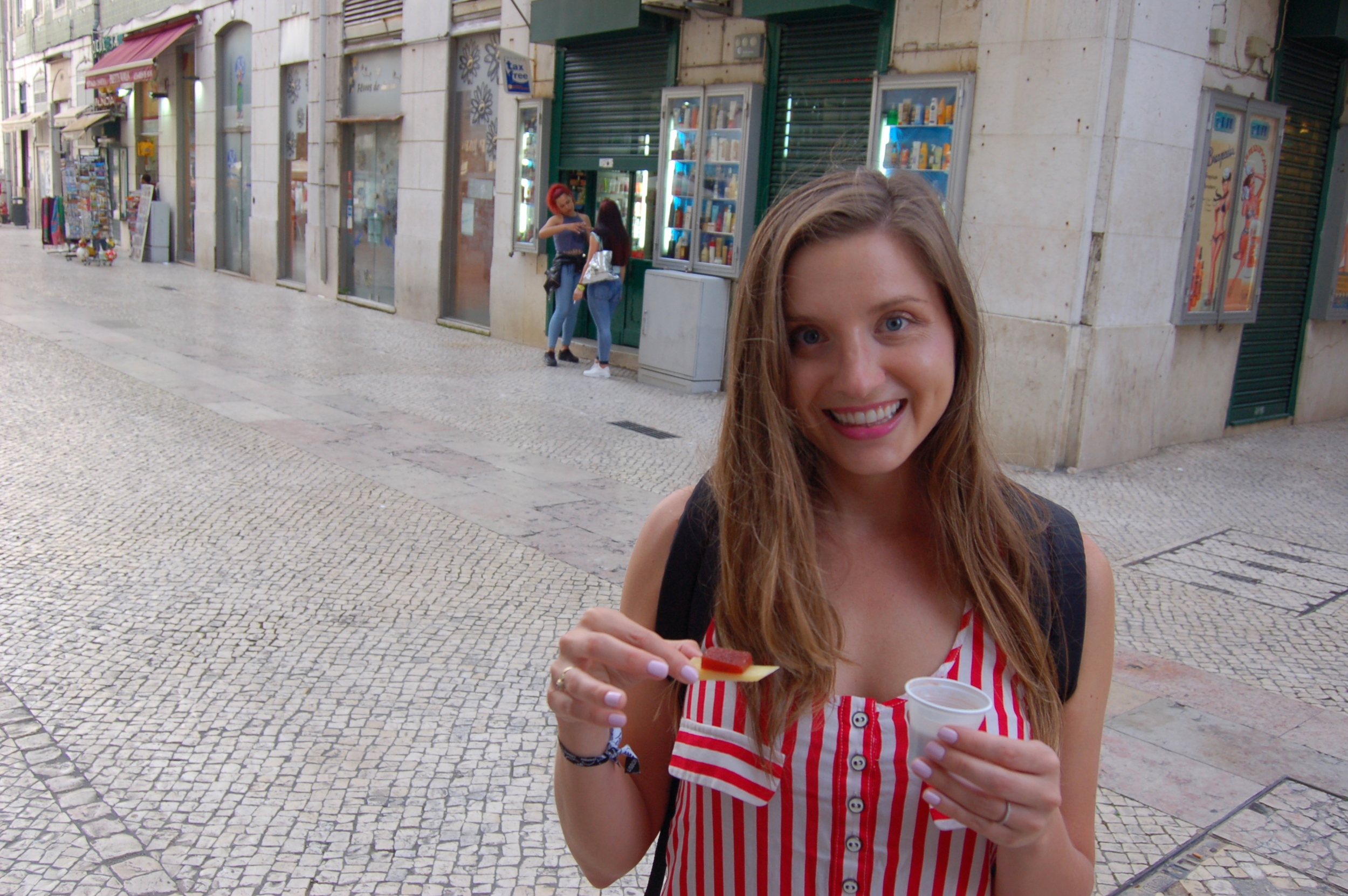Lisbon Food & Wine Tour
Before writing about our entire trip to Portugal, I wanted to start with a highlight. During our few days in Lisbon, James and I participated in a small group food and wine tour through the company Viator. This tour came recommended by our dear friend Sonia and it was everything she said it would be and more!
We were a group of eleven, including Tiago, our tour guide. Together we represented Portugal, Australia, Germany and America.
What made this experience so special is that not only did we get to wine and dine our way through some of Lisbon's most historical bars and restaurants, but we were gifted a history lesson about each of the neighborhoods and what made them unique.
I'm not sure how to explain it, but having the history behind our food and wine made our dishes taste better and having the food and wine accompany our history lesson made the stories more significant. It was certainly a win-win for everyone involved.
I want to start by saying our tour guide, Tiago, absolutely made this experience. He's a charming, funny, sincere man who made everyone feel as if they were on a personal tour. He had so much to share and was constantly apologizing for talking too much. Really, no one felt that way. The more he shared, the more connected we all felt to Portugal.
We began our journey inside the city center, Rossio, at a 19th century tavern (taska) called Tendinha. What I loved about this place is that even though most of the plaza has become overrun with tourist-trap eateries, this place remains true to Lisbon.
It's a tiny dive, easily overlooked. For 200 years this tavern has served local petiscos (tapas) like ‘pastel de bacalhau’ (codfish cake). We sampled this traditional dish along with a Portuguese exclusive style of wine, vinho verde (green wine).
Only in the last 15 years has the first woman been employed in this tavern.
Next we moved into the town square of Chiado. This bohemian, artistic neighborhood prides itself on its bourgeois and intellectual prominence. Known for attracting poets and fantastic shopping, we felt luxurious while dining at Grapes & Bites.
Here we shared more petiscos, but in a more delicate design. We shared an 11-month curated cheese from San Miguel Island over a pumpkin puree, a 36-month cured ham known as "black pork" and a favorite of Portugal, grilled sardines. I at least nibbled my sardine before passing it onto James.
All of these were paired with a Portuguese chardonnay from a western village near Sintra. The initial fruit on the palette followed by the buttery finish complimented these salty bites and the bottles went down fast.
Bellies already satisfied and bordering full, we meandered over to the third of our five destinations.
Because we were particularly enjoying the wine at Grapes & Bites we found ourselves a bit late to stop number three. While they honored our reservation as part of the tour, we could tell they weren't exactly thrilled we were keeping them open and away from their families past their normal business hours.
The Manteigaria Silva is a fine meat and cheese shop and more like a grocery store than a restaurant, which explains the difference in hours of operation. Here we tasted a delicious Quiejo S. Jorge, similar to a Parmesan but slightly softer in texture. Like a sharp cheddar and with it a jam. James and I had this cheese a few times in Portugal and it was definitely a favorite.
This cheese and jam went well with our full-bodied red port. I could probably write an entire post about all we learned on our port tours, but for now I'll stop here.
Our fourth stop was a specialty shop, dedicated to serving one traditional Portuguese drink - Ginjinha.
Ginjinha is a liquor made from infusing cherries in alcohol. You serve it in shot form with one piece of fruit in the bottom. While the liquor itself is about 25% alcohol, the fruit can lend itself upwards of 40%. Eating it reminded me of some younger times involving a watermelon and some everclear. I leave the reference at that.
Espinheira is the brand we sampled when we visited this registada in Sao Domingo square. Named after friar Francisco Espinheira, who was the first to leave the fruit in the alcohol and add cinnamon, making it the common drink of Lisbon it is today.
It was believed at the time that Ginjinha was medicinal and recommendations were to have up to 6 servings of Ginjinha a day to stay healthy.
We ended our tour close to where we started, in the Rossio square at Casa de Alentejo. The architecture of this building alone is worth seeing. The style is called Moorish or Neo-Moorish, which is the influence of Arabia on Europe and European architects.
The building has served many purposes, including being the first casino in Lisbon, many years ago. Nowadays it serves as a mutli-cultural center where meetings, poetry readings and exhibitions take place. The building houses both a restaurant and a tavern, where you may hear live music performances as demonstrated by James and our tour guide below!
Our meal here was simple, but savory. We started with a goat cheese and olive oil on toast, followed by a jewish sausage (Alheira) and scrambled eggs. What differentiates the sausage is that it's not made with pork, but usually duck, veal or chicken. Fun fact! This style of sausage was invented by Jews in Portugal to avoid conflict when they were forced to either leave Portugal or convert to Christianity.
At this point in the tour I was completely swept away by all we learned (and drank), and completely forgot to take pictures of our food. I did, however, make sure not to leave without a photo with our endearing tour guide, Tiago.



